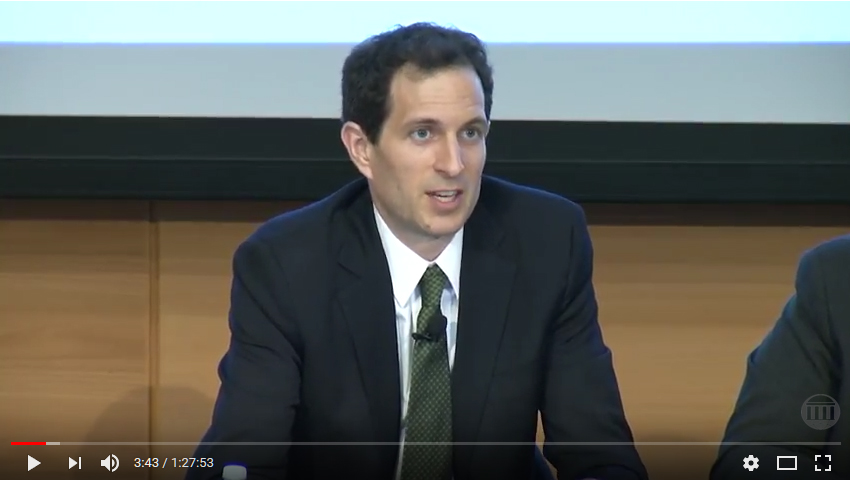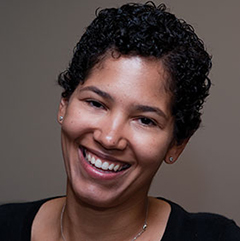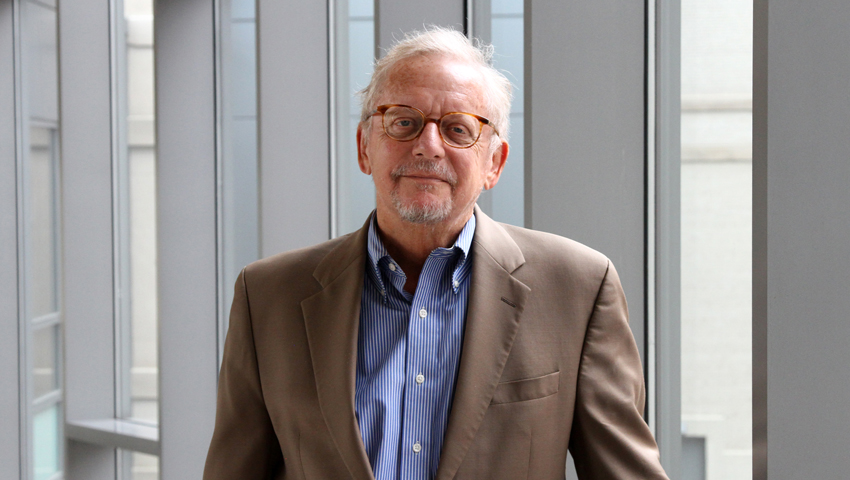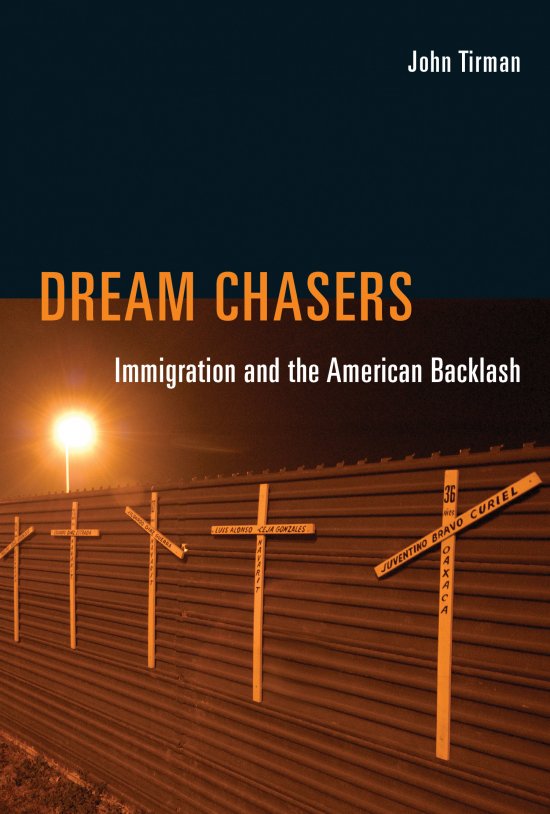CIS experts have been talking about immigration in America and offering their insight on the issues—as well as how the Trump administration has impacted the process and changed the narrative on migration to the US.
 “This is not the first time that we have seen anti-immigrant sentiments surge in the US. Despite the fact that most US residents are descended from either voluntary or involuntary migrants, all the way back to Benjamin Franklin there has been skepticism about the effects of migration.” said Justin Steil, assistant professor of law and urban planning at MIT, during the CIS Starr Forum: The Fight Over Foreigners: Visas & Immigration in the Trump Era.
“This is not the first time that we have seen anti-immigrant sentiments surge in the US. Despite the fact that most US residents are descended from either voluntary or involuntary migrants, all the way back to Benjamin Franklin there has been skepticism about the effects of migration.” said Justin Steil, assistant professor of law and urban planning at MIT, during the CIS Starr Forum: The Fight Over Foreigners: Visas & Immigration in the Trump Era.
Steil moderated the talk that was held on MIT's campus on February 28, 2017, and was joined by three panelists: Baher Azmy (Legal director, Center for Constitutional Rights), Laura Rótolo (Attorney and advocate, American Civil Liberties Union), and Jia Lynn Yang (Deputy national security editor, Washington Post).
- Read the MIT News interview with Justin Steil on the Trump administration travel ban
- Check out Justin Steil's introduction, followed by an excerpt of his questions to the panelists, featured in précis, the CIS newsletter
- Watch the entire event, Starr Forum: The Fight Over Foreigners: Visas and Immigration in the Trump Era
 Marika Landau-Wells completed her PhD in Political Science at MIT in June 2018, and in her research found that “...some individuals see immigration as primarily a threat to the physical safety of Americans, while others see immigration as a threat to jobs, and yet others see immigrants as social pollutants, posing a threat to American values and culture. I apply a new theory of threat perception—Threat-Heuristic Theory—to test and explain the linkages between these different estimations of the threat posed by immigrants and individual-level variation in preferences for immigration reform.”
Marika Landau-Wells completed her PhD in Political Science at MIT in June 2018, and in her research found that “...some individuals see immigration as primarily a threat to the physical safety of Americans, while others see immigration as a threat to jobs, and yet others see immigrants as social pollutants, posing a threat to American values and culture. I apply a new theory of threat perception—Threat-Heuristic Theory—to test and explain the linkages between these different estimations of the threat posed by immigrants and individual-level variation in preferences for immigration reform.”
“...when individuals perceive ‘immigrants in general’ to pose a threat to the values and culture of Americans (i.e., the social contaminant threat), they are substantially more likely to choose the option of large-scale deportation (expulsion) and a border wall (isolation) than enhanced Homeland Security measures, and considerably more likely to choose deportation/wall over immigrant hiring restrictions.”
- Read Marika Landau-Wells' piece on Threat perception and immigration reform in the United States
 “The public as a whole is more and more accepting of unauthorized immigrants, supporting legalization, including citizenship, for those who have been working, paying taxes, and obeying the law. This approval has long been at 60-70 percent and is gradually rising. So the backlash seems to be confined to a relatively small group that has managed, with the prompting of some in the news media, to create a narrative of widespread outrage at those who illegally cross the border or overstay visas,” says John Tirman, CIS Executive Director & Principal Research Scientist, in an MIT SHASS interview.
“The public as a whole is more and more accepting of unauthorized immigrants, supporting legalization, including citizenship, for those who have been working, paying taxes, and obeying the law. This approval has long been at 60-70 percent and is gradually rising. So the backlash seems to be confined to a relatively small group that has managed, with the prompting of some in the news media, to create a narrative of widespread outrage at those who illegally cross the border or overstay visas,” says John Tirman, CIS Executive Director & Principal Research Scientist, in an MIT SHASS interview.
- Read the entire piece, Interview: Political theorist John Tirman on the unmeasured costs of war
For more insight into US immigration, check out John Tirman's book, Dream Chasers: Immigration and the American Backlash (MIT Press, 2015). In this book, Tirman shows how the resistance to immigration in America is more cultural than political. Although cloaked in language about jobs and secure borders, the cultural resistance to immigration expresses a fear that immigrants are changing the dominant white, Protestant, “real American” culture.
Tirman describes the “raid mentality” of our response to immigration, which seeks violent solutions for a social phenomenon. He considers the culture clash over Chicano ethnic studies in Tucson, examines the consequences of an immigration raid in New Bedford, and explores the civil rights activism of young “Dreamers.” The current “round them up, deport them, militarize the border” approach, Tirman shows, solves nothing.





